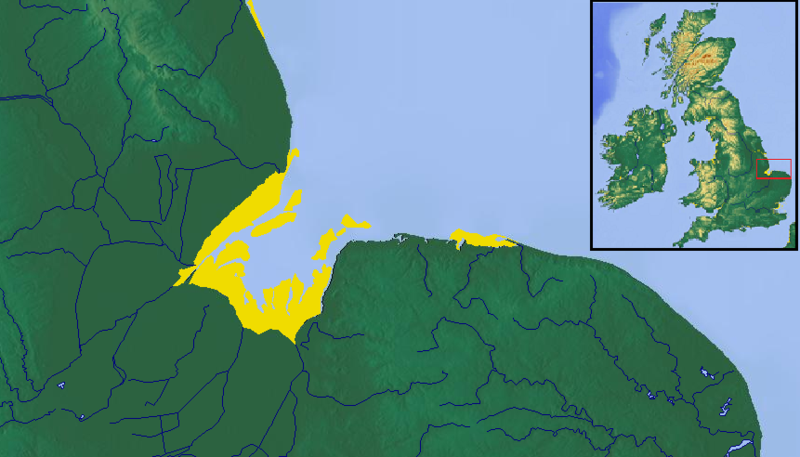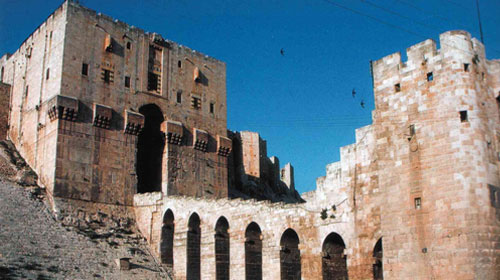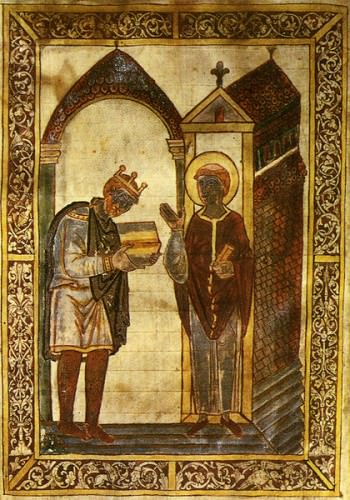 |
| Family of St. Hedwig* |
Hedwig's reputation was built on her piety and fortitude in supporting established monasteries and founding new ones. These monasteries helped spread the German culture of which Henry was fond. As well as establishing monasteries of Augustinian Canons and Cistercians, Hedwig also brought Dominicans (at Bunzlau and Breslau) and Franciscans (at Goldberg and Krossen) to Silesia.
Hediwg did not just spend her husband's money in doing good works. She tended leper women at Neumarkt. Her behavior inspired Henry to establish (at his own expense) the first religious foundation for women in Silesia: a convent of Cistercian nuns at Trebnitz in 1203. The second abbess was said to have been the Blessed Gertrude (c.1200-1268), the sixth child of Hedwig and Henry.
Hedwig had seven children that we know of—only one of which, Gertrude, outlived her—after which she convinced her husband that they should take vows of chastity. Henry even took on the tonsure of a monk and let his beard grow out (hence his nickname). Hedwig began to spend much of her later life in prayer at the Abbey at Trebnitz. On Henry's death in 1238, she settled into Trebnitz permanently, wearing the gray of a Cistercian (although she never took monastic vows), and died there 5 years later.
The piety and care she showed in life impressed more than her husband. In 1227, Henry was captured by Conrad of Masovia after a military engagement over the possession of Cracow; Conrad hauled him off to captivity. Hedwig immediately traveled to Conrad's location, where her appearance and eloquent pleas for her husband made such an impression that Henry was released.
Upon her death, she was buried in the church attached to Trebnitz. Clement IV took time out from asking Roger Bacon to write books to make her a saint on 26 March 1267.
*From left to right: (front, kneeling) daughter Sophia, son Conrad the Curly; (back, standing) daughter Gertrude, eldest daughter Agnes, son and heir Henry II the Pious, son Boleslaw; (back, sitting) St. Hedwig, Henry I the Bearded.















